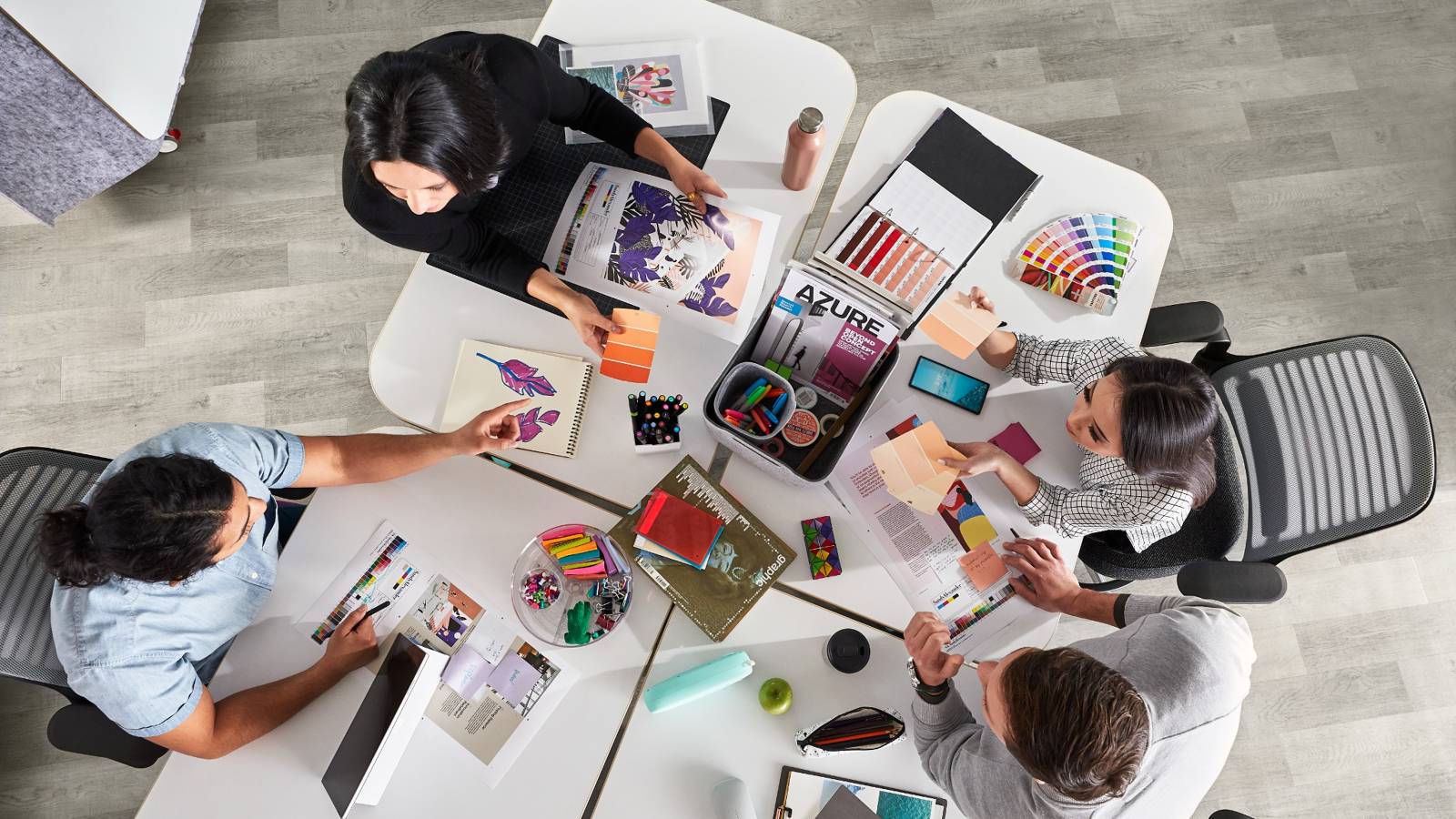
The good news—there are more ways than ever to help people think, feel and move better at work.
Stressed at work? Take a breath. You are not alone. While the World Health Organization (WHO) is just now recognizing burnout, a result of stress, as an “occupational phenomenon,” the conversation around wellbeing at work is not new. If we learn anything from this newest designation, it’s that wellbeing cannot be ignored because the need to focus on it continues to intensify.
In May, WHO included burnout for the first time in its 11th Revision of the International Classification of Diseases which goes into effect January 2022. It described burnout as “resulting from chronic workplace stress that has not been successfully managed.”
WHO says you may be experiencing burnout if you feel:
- Energy depletion or exhaustion
- Increased mental distance, negative feelings or cynicism related to your job
- Less productive at work
Two years prior to WHO’s announcement, Rand Corp., Harvard Medical School and the University of California, Los Angeles delivered a powerful study on more than 3,000 U.S. workers. It showed people are stressed at work and their physical and mental health is suffering as a result.
While WHO says it is working on guidelines for mental wellbeing in the workplace, this is far from a new conversation and there’s a lot we already know about how to feel better at work—mentally, physically and emotionally. Here’s some tips to avoid burnout:
FUEL THE BRAIN
The relationship between physical activity, creativity and collaboration is vitally important. There’s no denying our body fuels our brain. The research around this mind-body connection continues to grow—Stanford University even found that walking increased creative output by an average of 60%. On the flip side, sitting can slow brain activity. Find ways to encourage people to set aside passive, sedentary behaviors for more active, physical engagement with colleagues and information to generate better ideas. (Read: The Science of Collaboration)
FIND PRIVATE TIME
We also know people can’t be “on” all the time. The best workplaces support teams while nurturing the needs of individuals (Read: New Work. New Rules). People need a place to breakaway. Sometimes they need to focus and other times they just need to let their mind wander. It’s these moments of solace when the brain can make serendipitous connections that lead to fresh ideas and new ways to approach problems.
GET ACTIVE
The rise of ergonomics in the 1980s has put forth a tremendous amount of research around how to support the body at work. The bottom line—people need more than a chair they can adjust. They need the ability to change their posture throughout the day and they need to be encouraged to do so. The good news is there are more ways than ever to help people remain active and energized at work.
SEEK SOCIAL CONNECTIONS
At its core, work is a social endeavor. People are happier at work when they have meaningful relationships and a sense of belonging. The workplace is an important tool to encourage social connections.
ADVANCE YOUR PURPOSE
In addition, we know people feel more engaged when they understand how their work connects to a bigger purpose. Whether purpose manifests in social impact or by advancing the larger business strategy, people want to feel like their work matters. The workplace can provide visual cues and reminders about an organization’s values and what’s being done to achieve its overall goals.
To learn more about how to design for wellbeing, read Wellbeing: A Bottom Line Issue from our 360 Magazine archives.

